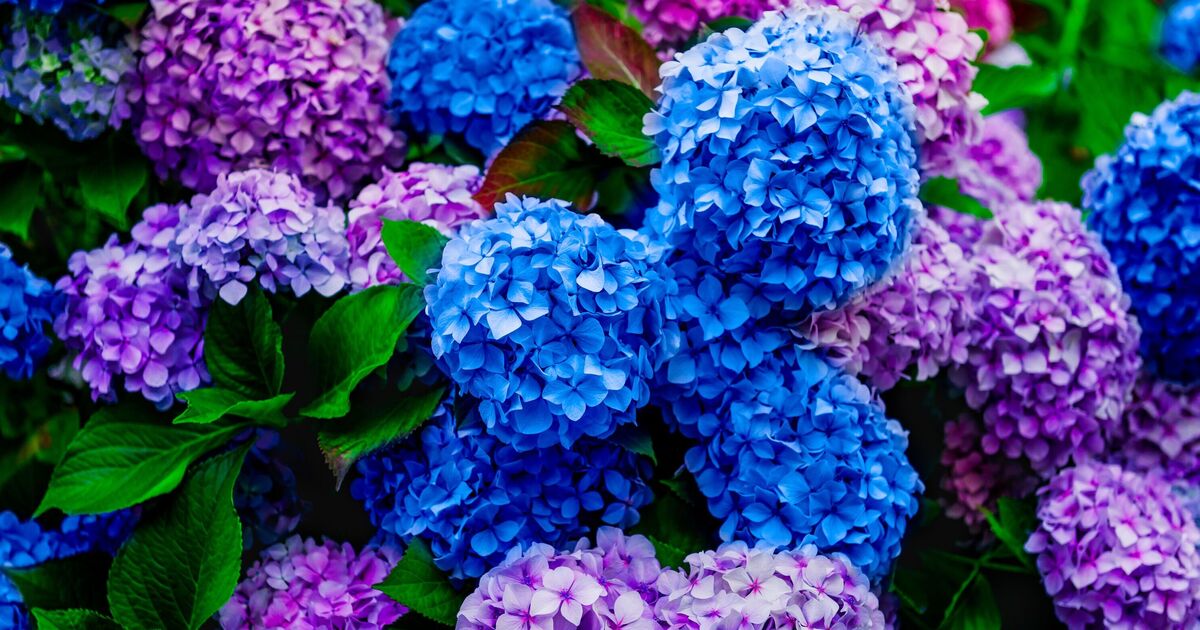Caring for your hydrangeas in the heat of the summer is a bit different from spring or autumn, and quite the opposite of winter. You are likely dealing with higher temperatures and less moisture, depending on where you live. Gardening expert and hydrangea enthusiast Jill Drago of Epic Gardening has shared her top tips for summer hydrangea care.
One of the most important tasks in summer to grow “bigger and healthier” hydrangea plants is mulching them. Mulching not only helps control temperatures, retain moisture, and suppress weeds but also adds nutrients to the soil as it breaks down.
Jill said, “If you made the mistake of not mulching in the spring, adding mulch in the summer will help to retain moisture in your soil by preventing evaporation. This will help you in the watering department.
“Gardens that have been mulched have a greater success rate when it comes to the amount of water moving readily to the soil. Water can run off easily from unmulched gardens, adding to your watering woes.”
Mulching involves spreading organic material over the soil around plants, creating a protective layer that decomposes over time.
Hydrangeas, with their shallow roots, absorb water rapidly; thus, consistent soil moisture is crucial for continuous nutrient and water uptake.
Without sufficient moisture, hydrangeas may experience stress, leading to fewer and smaller blooms, but mulching can promote healthier and more vibrant flowers.
When it comes to nurturing your cherished hydrangeas, selecting the ideal mulch makes all the difference in their health and vitality.
With a myriad of options available, gardeners can choose from pine needles, compost, leaves, straw or bark to elevate their hydrangea gardening game.
Gardening expert and Blooming Lucky founder Louise Findlay-Wilson recommends that gardeners repurpose fallen leaves in their gardens.
Louise commented: “Leaf mould is brilliant on both these fronts. Its lovely, crumbly nature adds fantastic structure to your soil and provides a great home for earthworms and beneficial bacteria. And it’s fantastic at retaining water. Some studies have found that adding leaf mould increases water retention in soils by over 50%.”

